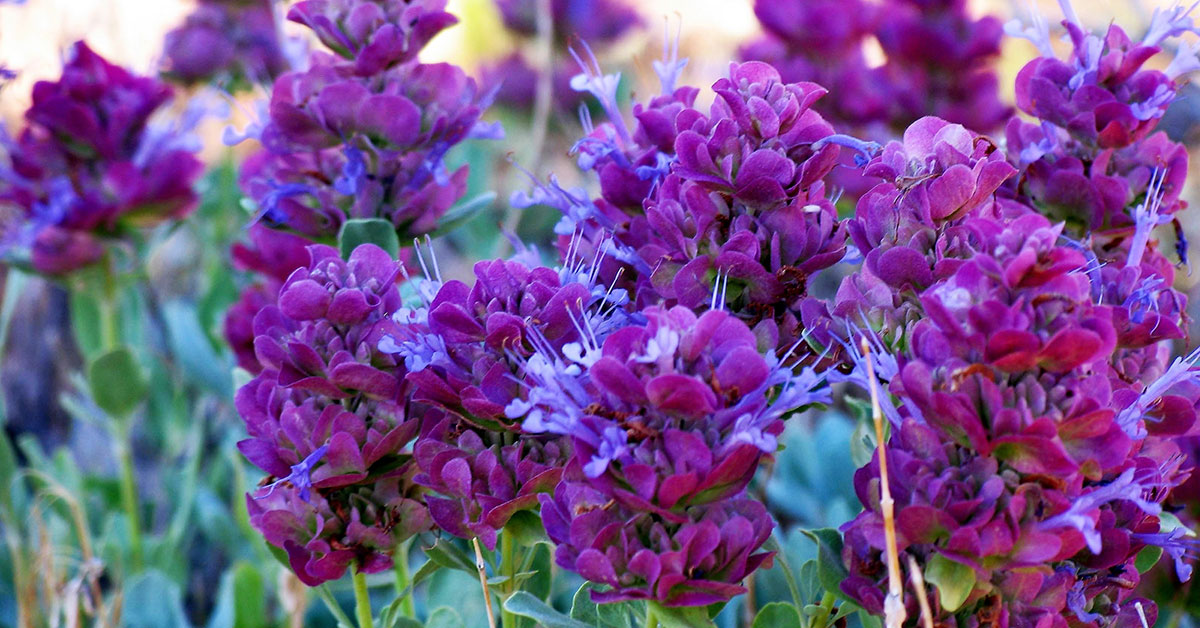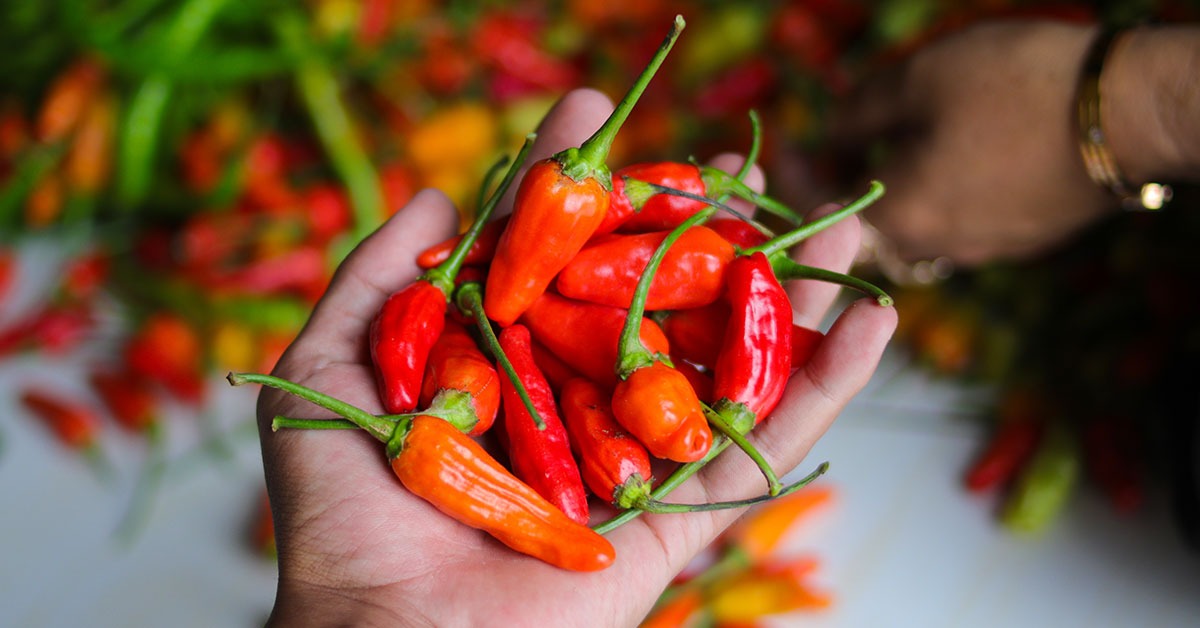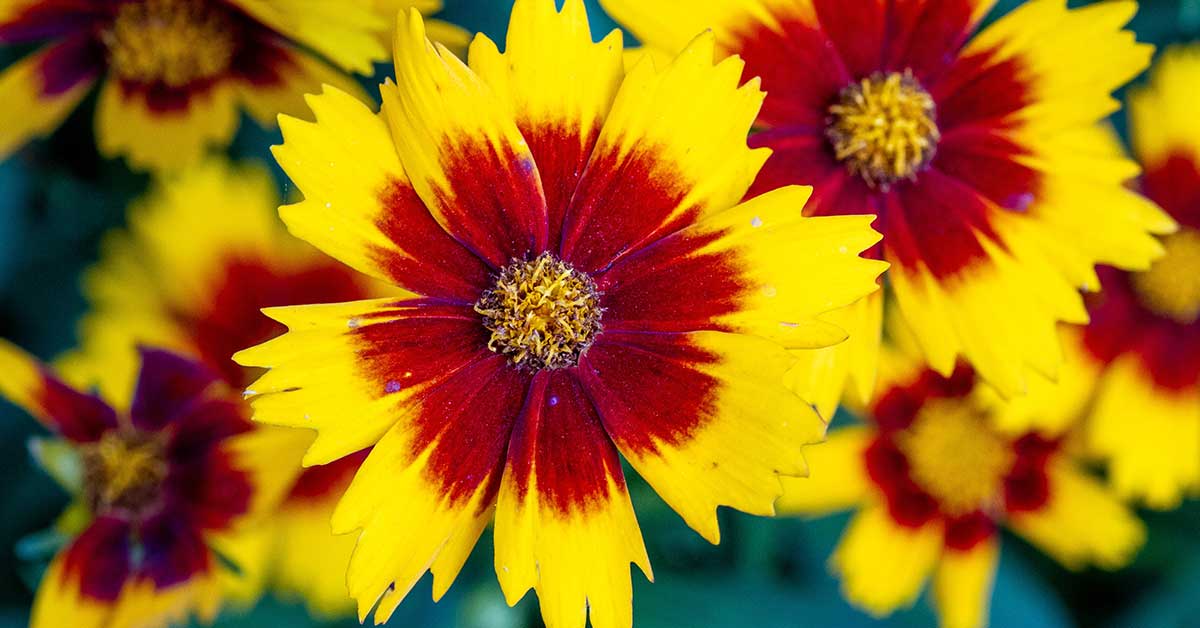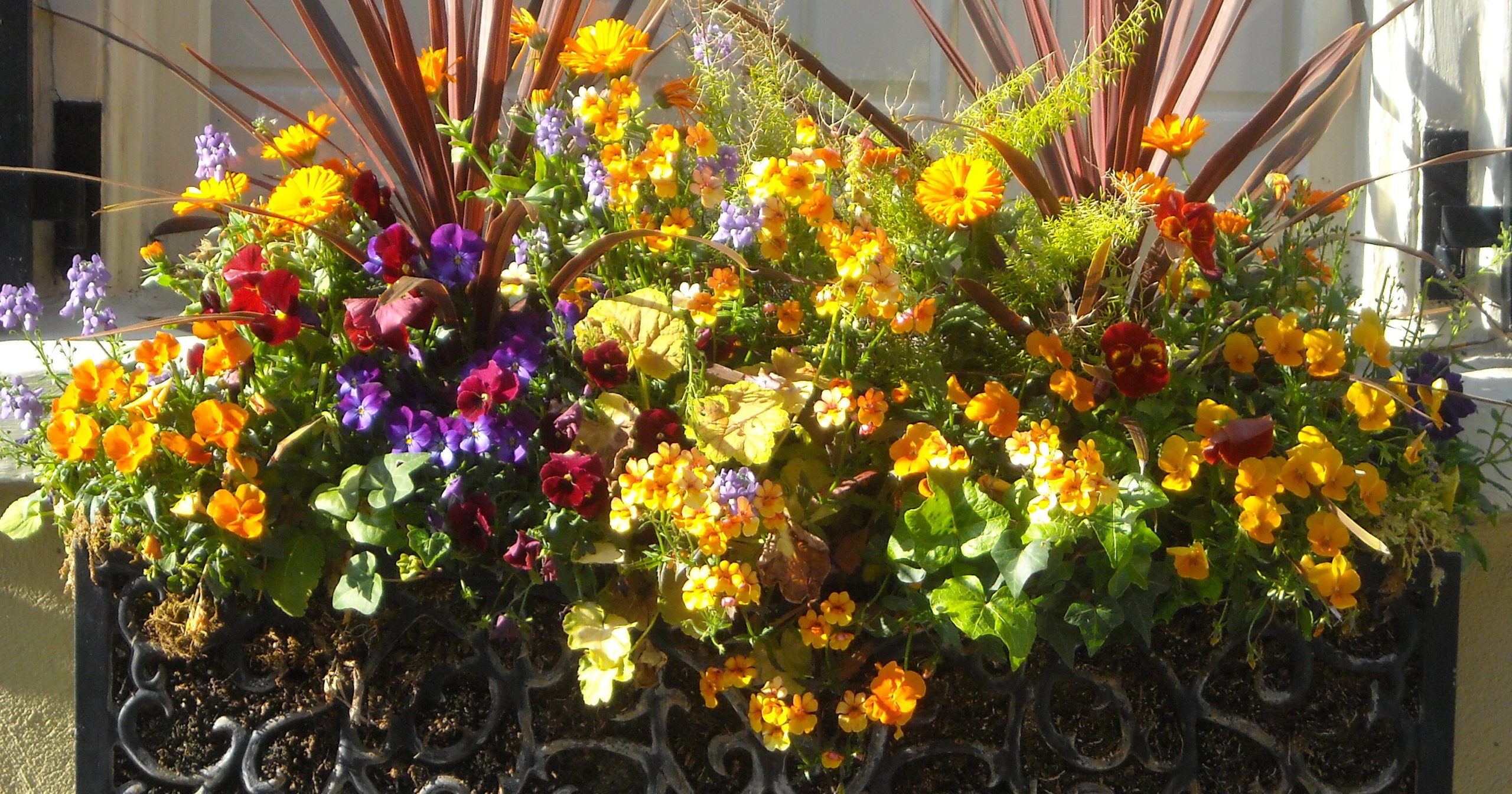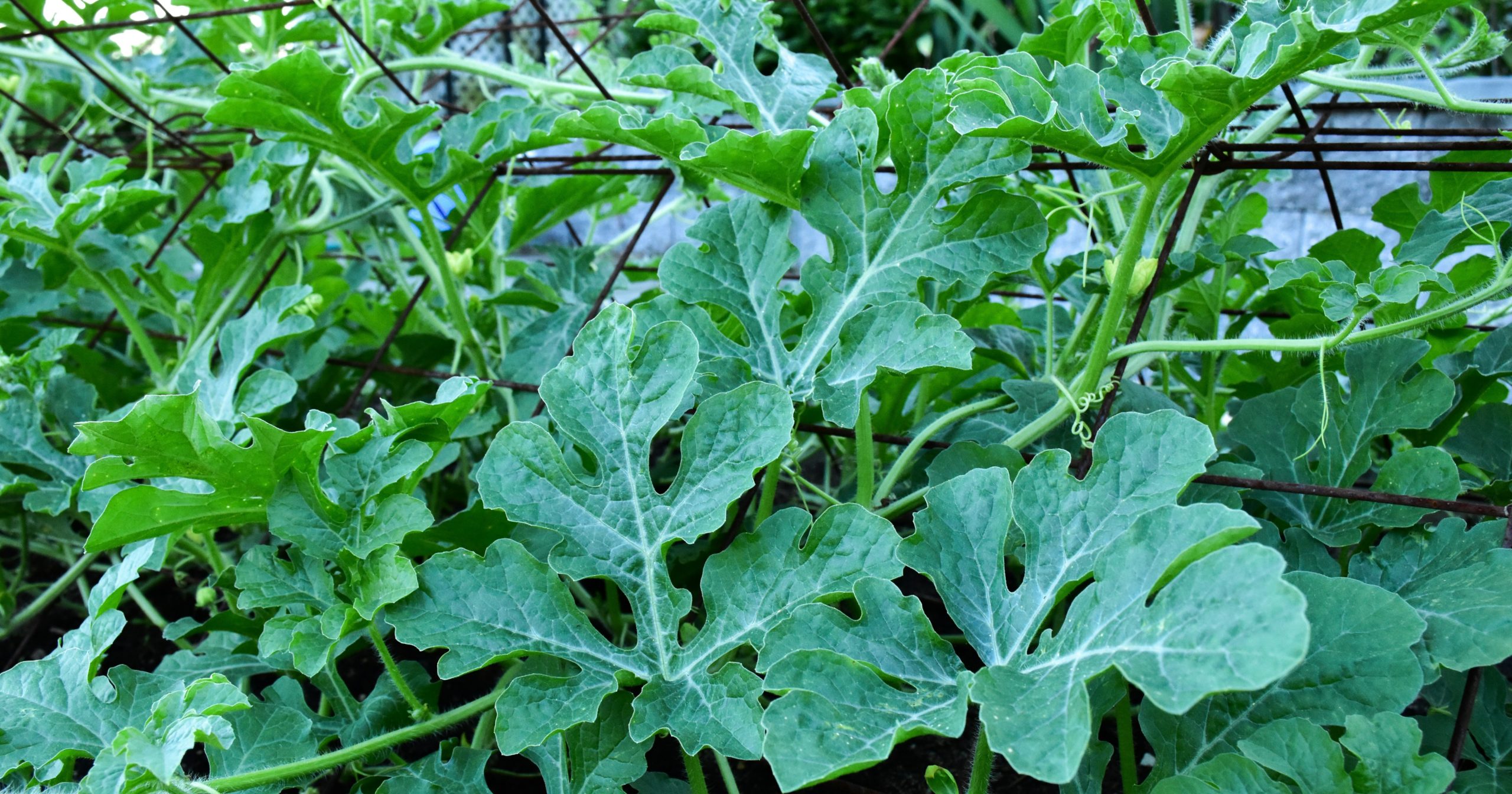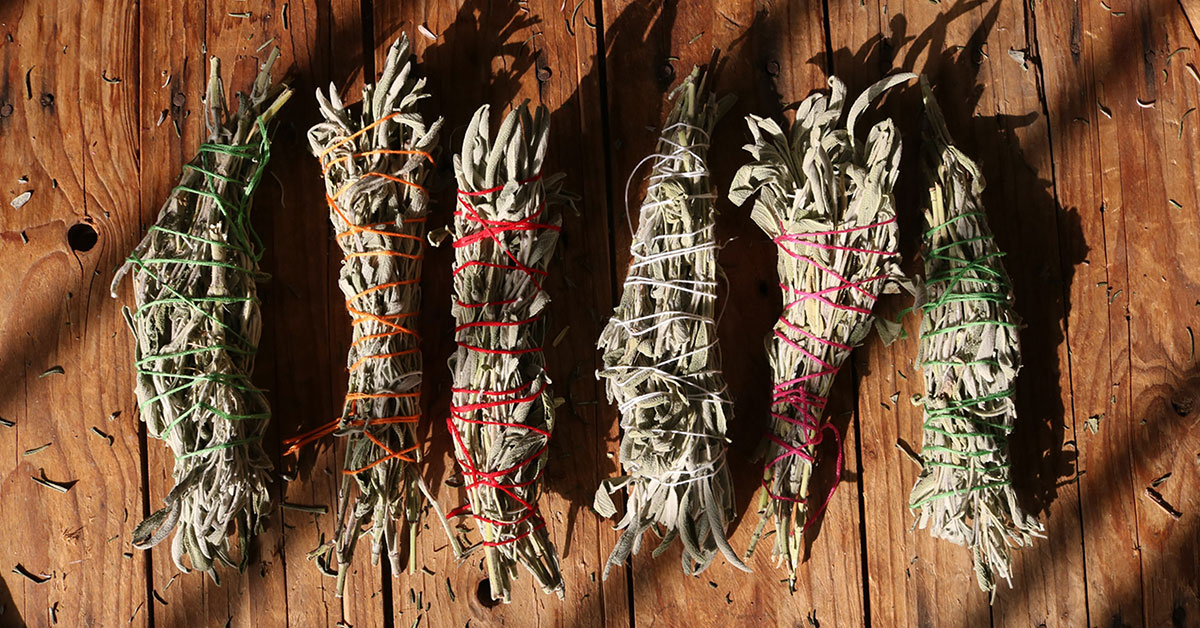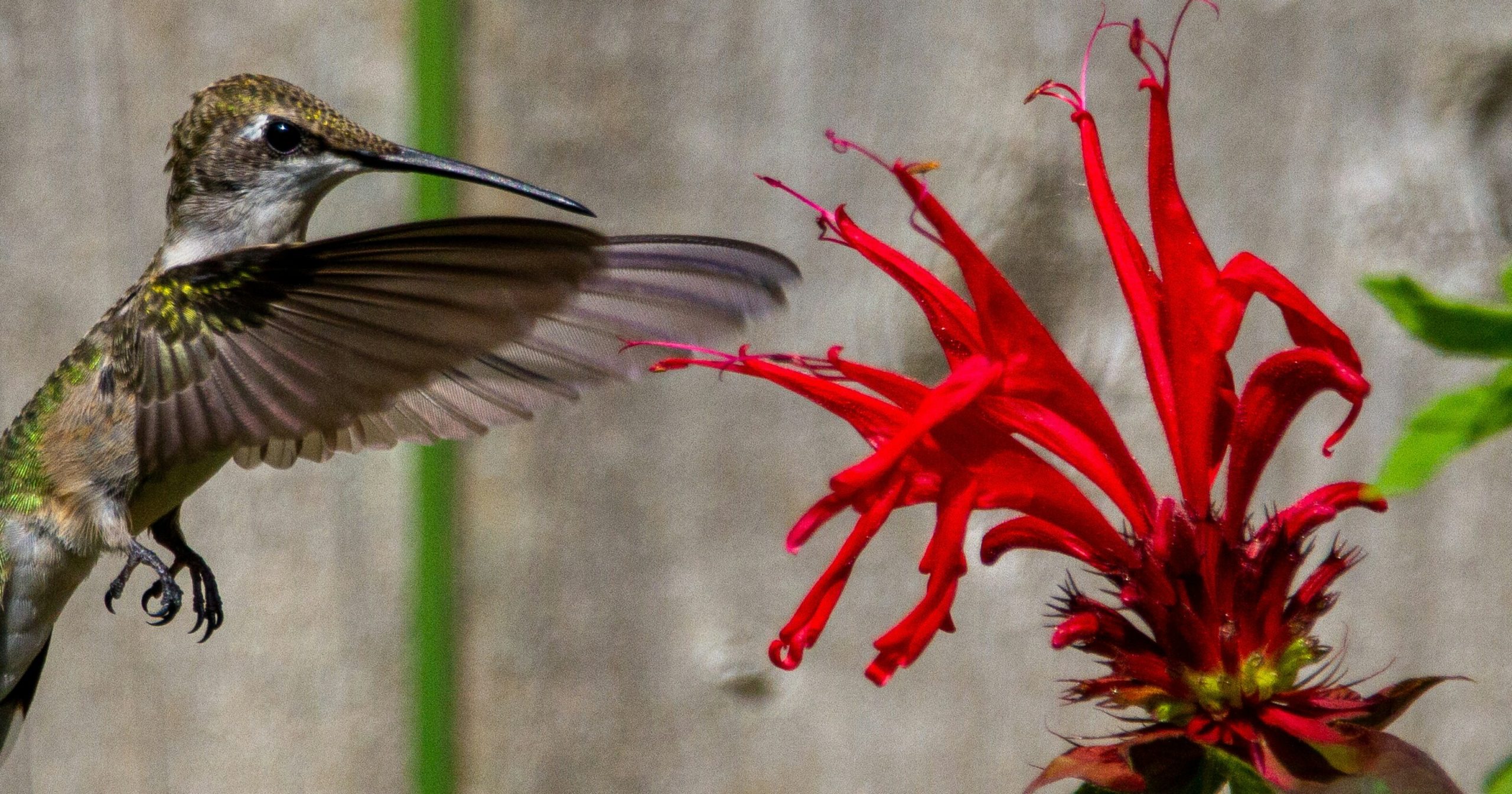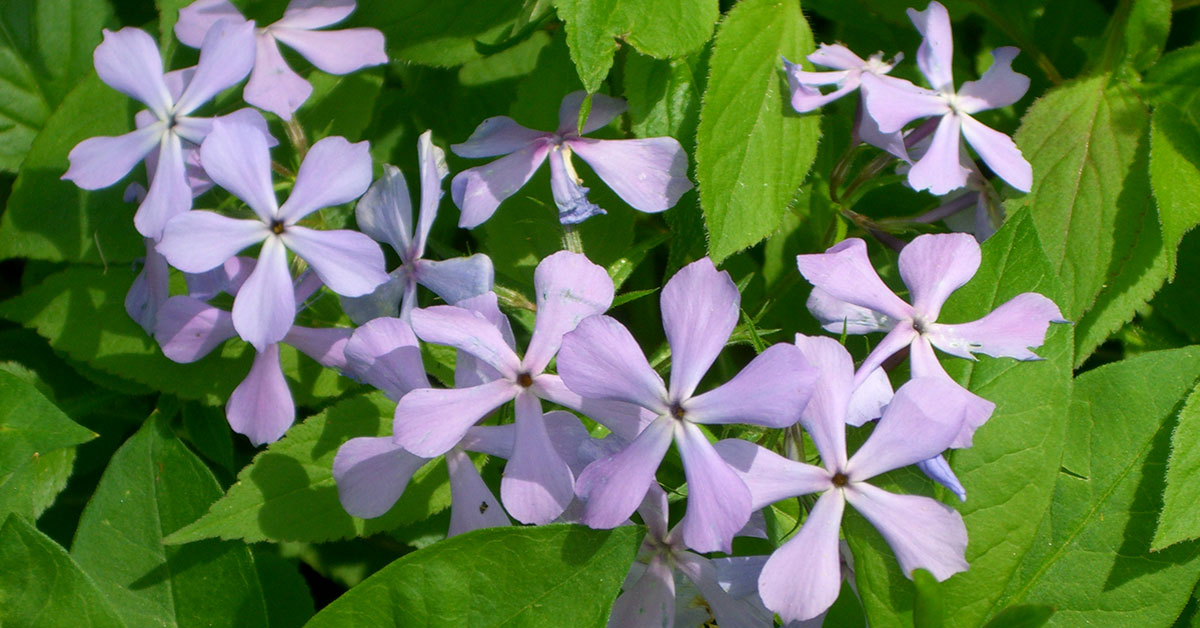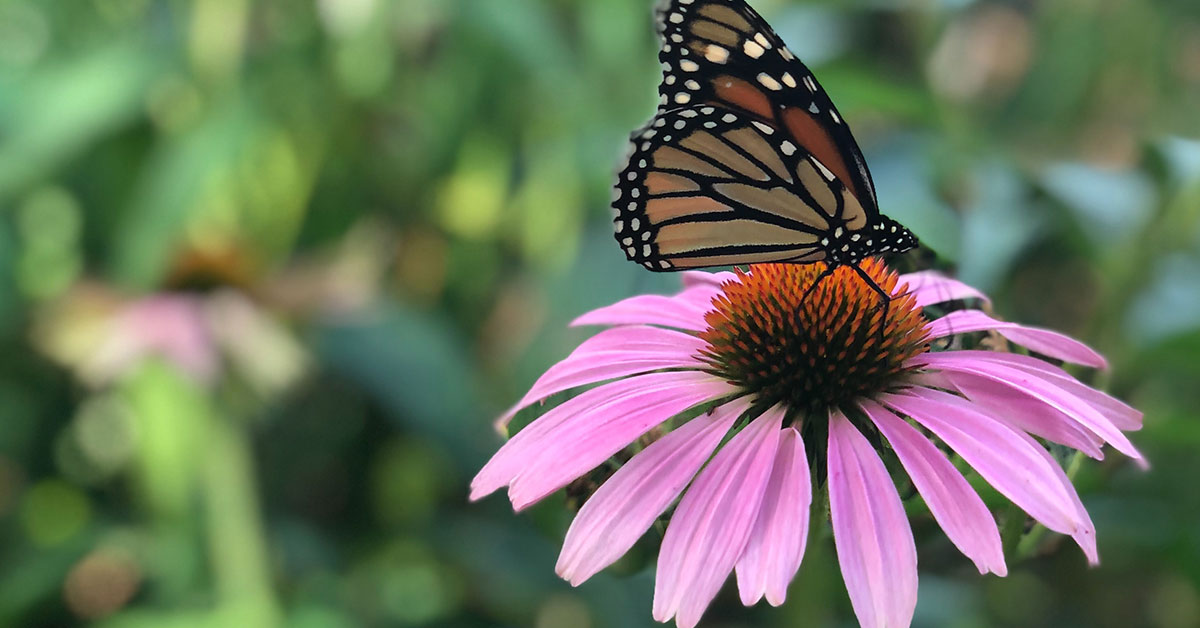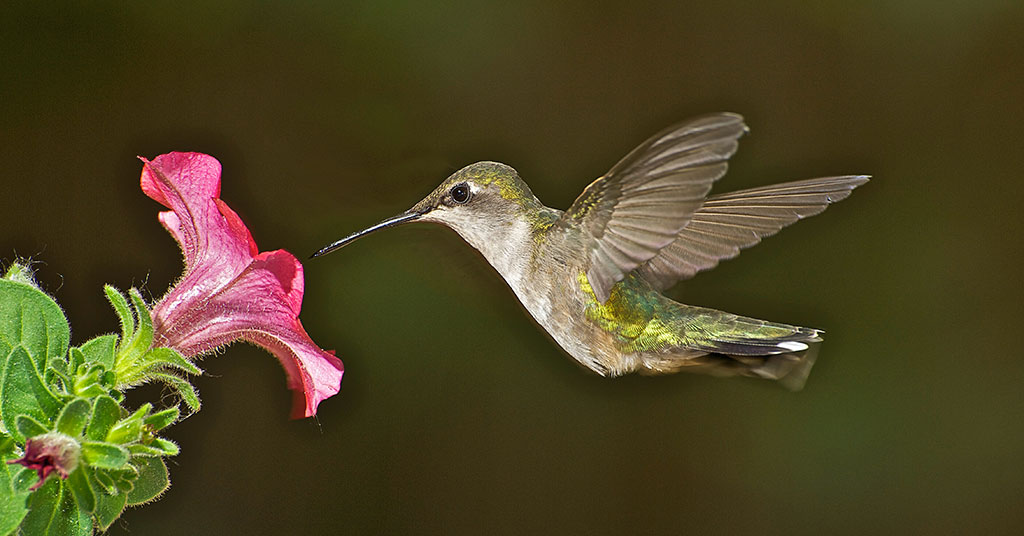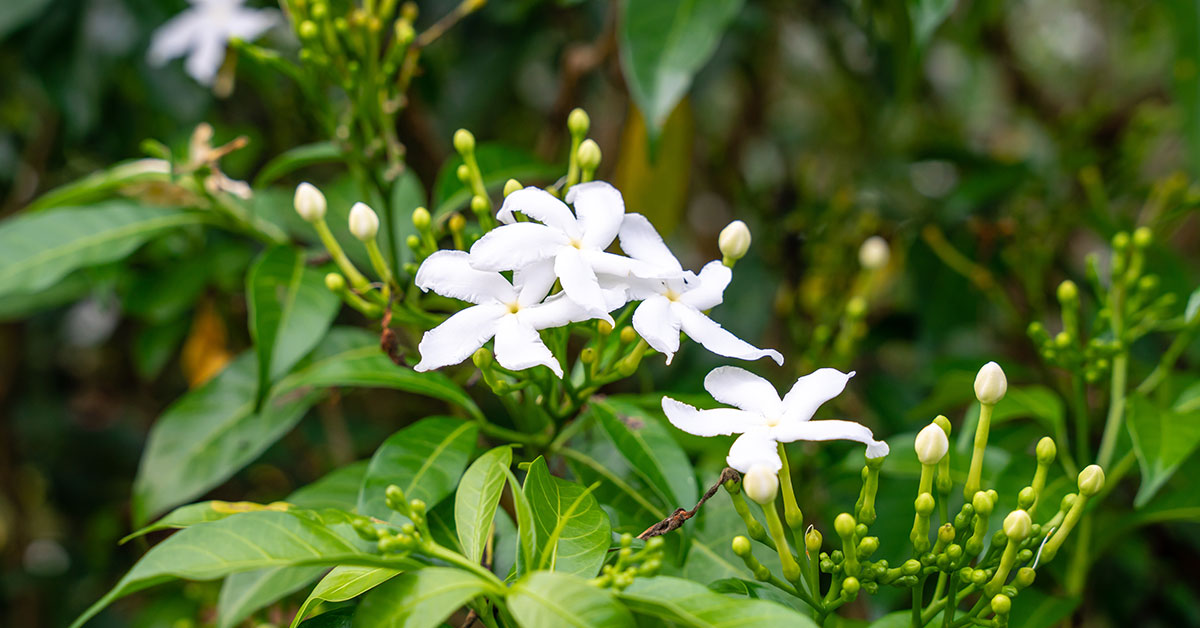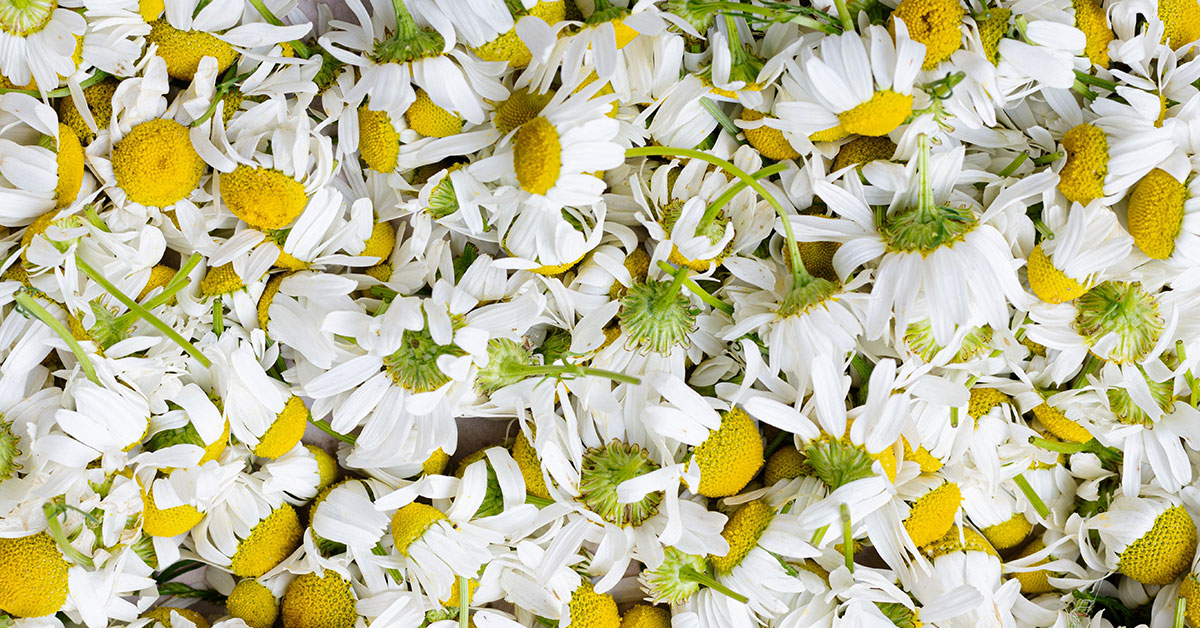Mojave sage (Salvia pachyphylla), a resilient and enchanting perennial herb, is a treasure of the arid southwestern United States. Native to the rugged landscapes of the Mojave Desert, this remarkable plant has evolved to withstand the harsh conditions of extreme heat, aridity, and poor soil.
Mojave sage captures the essence of desert beauty with its silver-gray foliage and vibrant lavender-blue to violet flowers. Its adaptability, drought tolerance, and ability to thrive in full sun make it a coveted addition to xeriscapes, rock gardens, and water-wise landscapes.
Join us as we explore the captivating world of Mojave sage, unraveling its unique characteristics and unlocking the secrets to successfully growing this extraordinary plant in your own arid oasis.
What is Mojave Sage?
Mojave sage, scientifically known as Salvia pachyphylla, is a perennial herbaceous plant native to the arid regions of the southwestern United States, particularly the Mojave Desert. It is a member of the sage family (Lamiaceae) and is highly adapted to survive in harsh desert conditions.
Mojave sage is characterized by its distinctive silver-gray foliage and aromatic leaves. The leaves are thick and leathery, helping the plant retain moisture in arid environments. The plant typically grows in a compact, rounded form and reaches a height of about 1 to 3 feet (30 to 90 centimeters).
One of the most striking features of Mojave sage is its beautiful flowers. The plant produces dense spikes of tubular, lavender-blue to violet flowers that bloom from late spring to early summer. The vibrant blooms attract pollinators such as bees and butterflies, adding life and color to arid landscapes.
This sage species is well-suited for xeriscaping and water-wise gardening due to its exceptional drought tolerance. It thrives in full sun and well-draining soil, preferably with rocky or sandy texture. Once established, Mojave sage requires minimal watering, making it an excellent choice for gardens with low water availability or in regions with water conservation concerns.
Salvia pachyphylla is a popular choice among gardeners looking to create a desert-themed or native plant garden. Its unique appearance, drought tolerance, and ability to attract pollinators make it a valuable addition to arid landscapes or rock gardens. Additionally, its aromatic leaves can be crushed and used to release a pleasant scent, adding to its allure.
When incorporating Mojave sage into your garden, consider its specific environmental requirements and ensure it is suitable for your climate and soil conditions. With proper care and maintenance, this resilient plant can thrive and bring a touch of desert beauty to your landscape.
Where is Mojave Sage native?
Mojave sage (Salvia pachyphylla) is native to the arid regions of the southwestern United States, particularly the Mojave Desert. Its natural range includes parts of California, Nevada, Arizona, and Utah, where it has evolved to withstand the extreme environmental conditions of the desert.
As for its invasiveness, Mojave sage is not considered an invasive species. It is a native plant within its natural range and is adapted to thrive in its specific ecological niche. In its native habitat, Mojave sage plays an important role in the desert ecosystem, providing food and habitat for native pollinators and other wildlife.
However, it is worth noting that the term “invasive” typically refers to species that are introduced into ecosystems outside their native range and cause harm to the environment, economy, or human health. Since Mojave sage is not widely cultivated or introduced beyond its natural range, it does not pose significant invasiveness concerns.
When incorporating Salvia pachyphylla into your garden or landscape outside its native range, it is essential to consider the suitability of the local climate, soil conditions, and water availability. While it can be a valuable addition to arid and xeric landscapes, it is important to ensure it is compatible with the local ecosystem and does not pose a threat to native plant communities. Consulting with local gardening or conservation authorities can provide valuable guidance on appropriate plant selections for your specific region.
Why plant Mojave Sage
This sage species is well-suited for xeriscaping and water-wise gardening due to its exceptional drought tolerance. It thrives in full sun and well-draining soil, preferably with rocky or sandy texture. Once established, Mojave sage requires minimal watering, making it an excellent choice for gardens with low water availability or in regions with water conservation concerns.
Salvia pachyphylla is a popular choice among gardeners looking to create a desert-themed or native plant garden. Its unique appearance, drought tolerance, and ability to attract pollinators make it a valuable addition to arid landscapes or rock gardens. Additionally, its aromatic leaves can be crushed and used to release a pleasant scent, adding to its allure.
When incorporating Salvia pachyphylla into your garden, consider its specific environmental requirements and ensure it is suitable for your climate and soil conditions. With proper care and maintenance, this resilient plant can thrive and bring a touch of desert beauty to your landscape.
How to grow Salvia pachyphylla
Growing Mojave sage (Salvia pachyphylla) requires understanding its specific needs and providing the right conditions for its optimal growth. Here are some guidelines to help you successfully cultivate Mojave sage:
- Climate and Sunlight: Mojave sage thrives in arid regions with full sun exposure. It requires at least six hours of direct sunlight each day to promote healthy growth and flowering. Ensure that your chosen planting location receives ample sunlight and has good air circulation.
- Soil Requirements: Mojave sage prefers well-draining soil with a sandy or rocky texture. It can tolerate various soil pH levels but thrives in neutral to slightly alkaline conditions. If your soil is heavy or compacted, consider adding organic matter or sand to improve drainage.
- Watering: Mojave sage is highly drought-tolerant once established. During the initial establishment period, provide regular watering to help the plant develop a strong root system. Once established, water sparingly, allowing the soil to dry out between watering sessions. Overwatering can lead to root rot and other issues, so it’s important to strike a balance and avoid waterlogged conditions.
- Mulching: Apply a layer of organic mulch around the base of the plant to help conserve moisture and suppress weed growth. This can also protect the plant’s roots during extreme temperatures.
- Pruning: Mojave sage benefits from light pruning to maintain its shape and promote bushier growth. Prune back any dead or damaged branches in late winter or early spring before new growth begins. You can also lightly trim the plant after flowering to encourage a second flush of blooms.
- Fertilization: Mojave sage generally does not require heavy fertilization. If necessary, use a slow-release, balanced fertilizer in spring. Avoid over-fertilizing, as excessive nutrients can lead to weak growth or reduced flowering.
- Pest and Disease Management: Mojave sage is relatively resistant to pests and diseases. However, keep an eye out for common garden pests like aphids or spider mites. If infestations occur, treat them with appropriate organic insecticides or by using natural predators like ladybugs.
- Propagation: Salvia pachyphylla can be propagated through seeds or stem cuttings. Seeds can be sown in well-draining soil mixtures in early spring. Stem cuttings taken in late spring or early summer can be rooted in a moist growing medium.
By providing the right growing conditions and minimal intervention, Mojave sage can flourish and add beauty to your arid landscape. Remember to choose appropriate companion plants that thrive in similar conditions to create a harmonious and visually pleasing garden.
